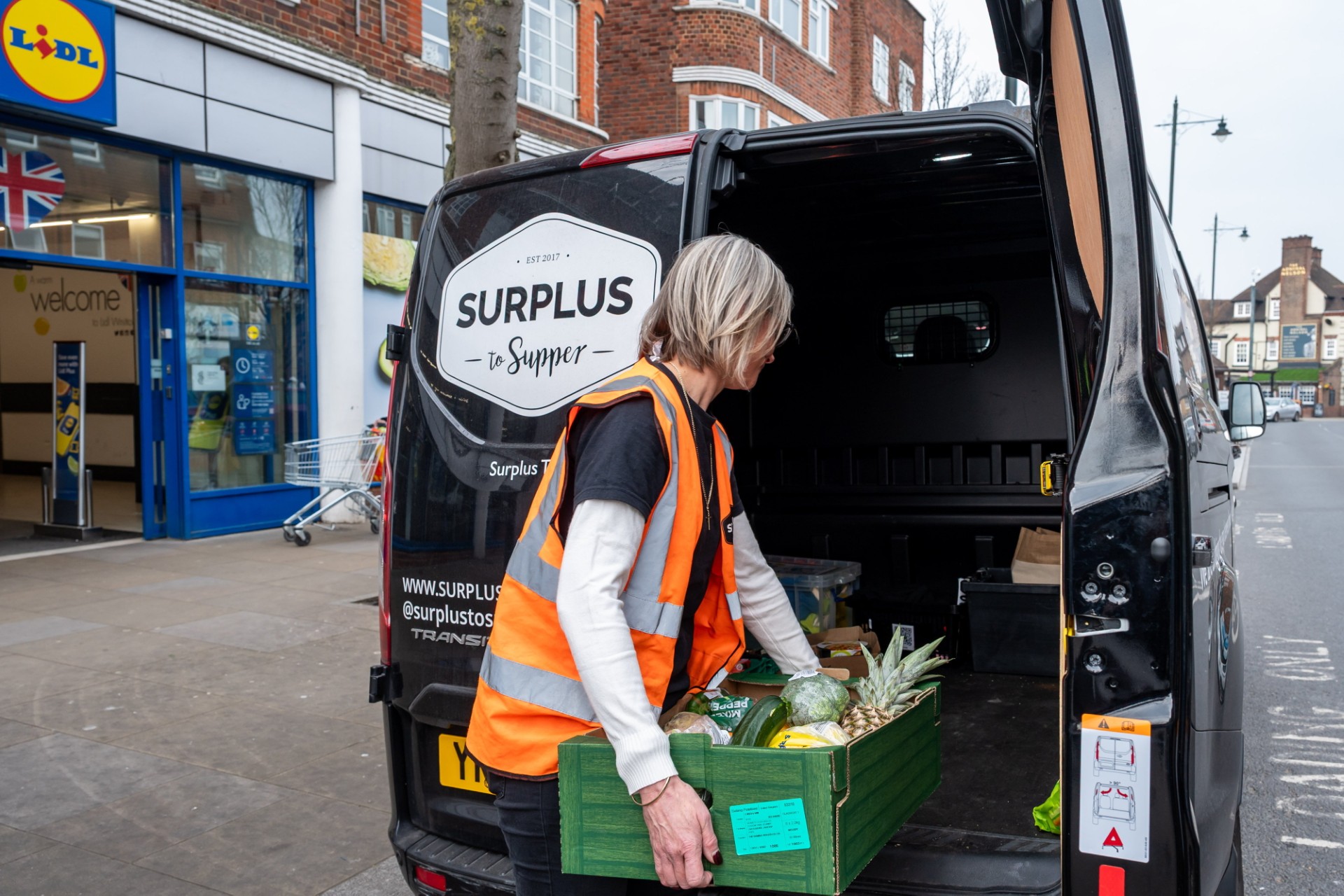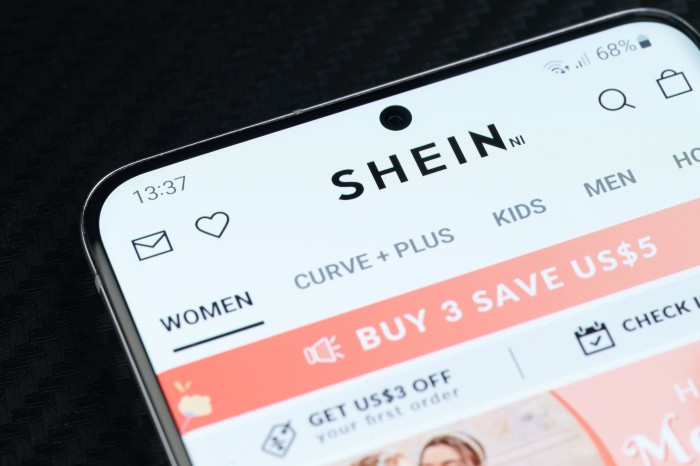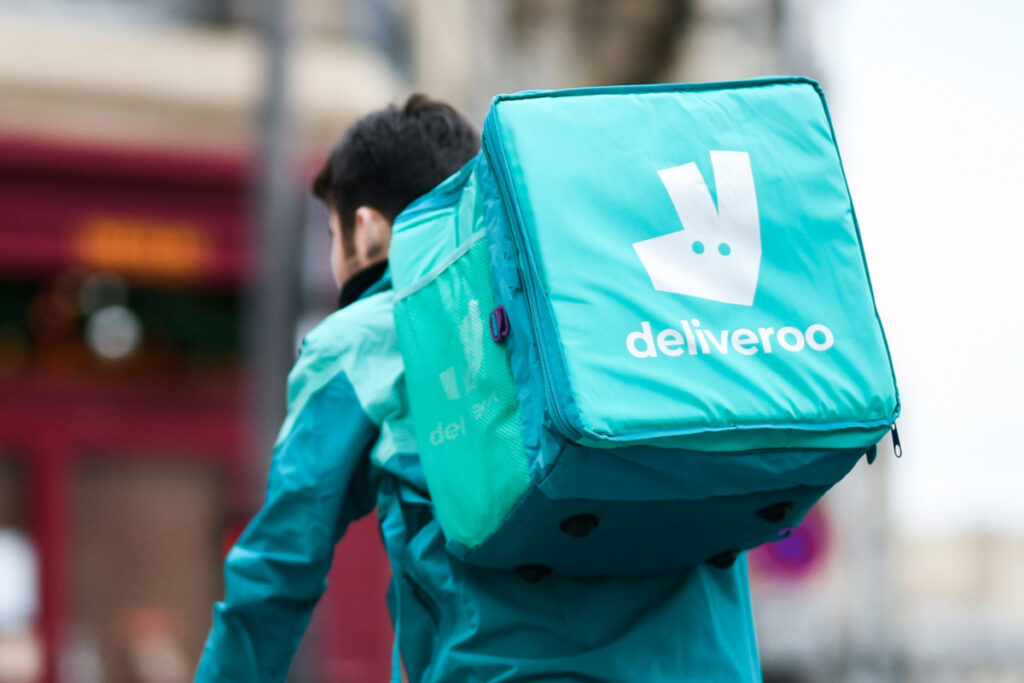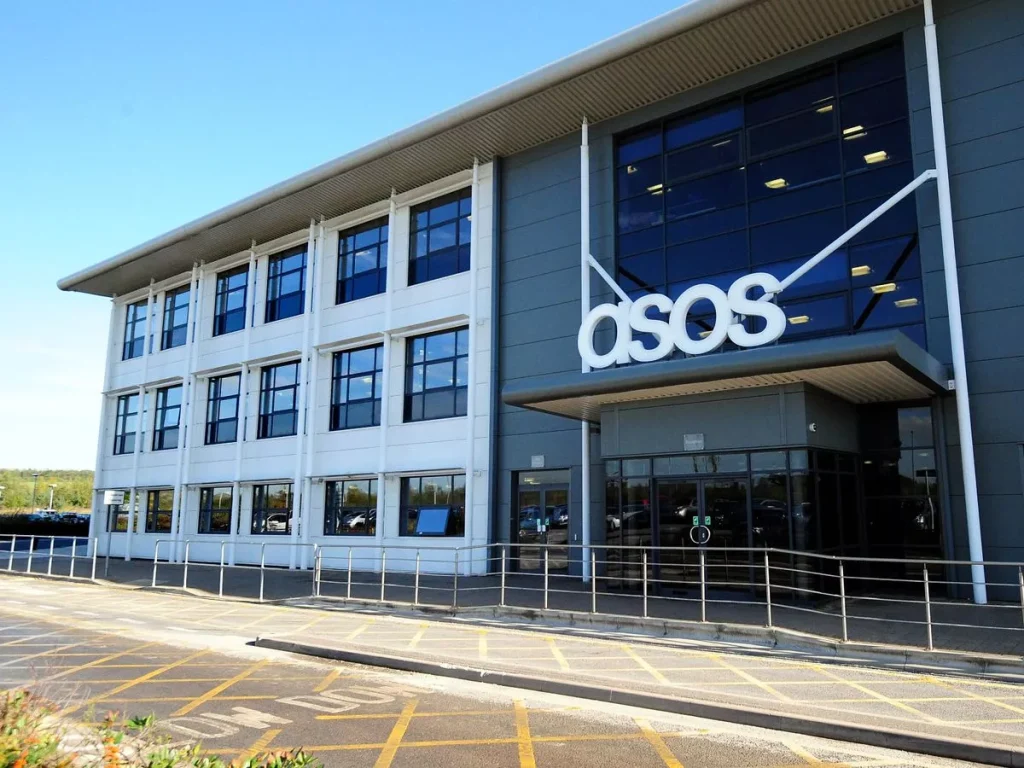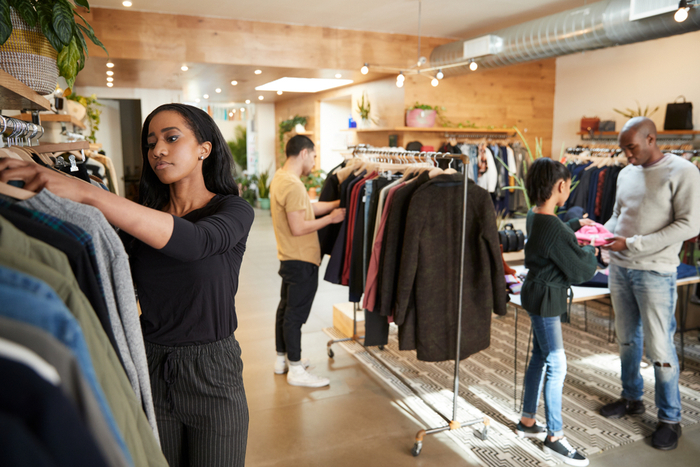Bricks-and-mortar retailers are falling victim to ‘showrooming‘, where customers use a shop to browse and research a product, and then buy it more cheaply from an online retailer. It‘s a phenomenon said to be part of the demise of HMV, Jessops and Comet, and figures from global research firm TNS show that 90 per cent of the UK public admit to showrooming.
The study by TNS suggests that across 43 countries, 21 per cent of shoppers use smartphones in-store to ‘showroom‘, 43 per cent read reviews, 31 per cent compare prices and 25 per cent seek advice before they buy from friends and family. Shoppers are short of time, they are short of money and they want to reassurance about the products they buy.
A staggering 68 per cent of Brits use their phones in-store compared to a global average of 22 per cent, according to Foolproof. As smartphone usage continues to grow, showrooming is here to stay as consumers become more comfortable price matching on their mobile in-store, and buying big ticket items via mobile devices.
With over 1,500 high-street shops closing last year across the UK, and one in five e-retail sales coming mobile devices (smartphones and tablets) in Q1 2013 – according to IMRG and Capgemini – mobile retail will only grow bigger, intensifying the impact of showrooming. Think tank L2 predicts m-commerce will grow at a rate of 30 per cent to 40 per cent a year, with Amazon used as an example of an online leader with a same day delivery service, in-depth product reviews and competitive prices.
So, what can retailers do to respond to this change in consumer behaviour?
Well it might be tempting to charge customers for the right to browse their shop which is, completely misguided – shoppers will simply go elsewhere. In this climate, retailers cannot afford to alienate themselves from their customer base. In my opinion, they need to embrace it.
As consumer behaviour becomes more accustomed to using physical stores as a point of research and brand experience, high-street retailers must integrate mobile as part of their customer experience – it‘s about having technologies in place to engage meaningfully with customers in-store while they‘re considering a purchase, before they leave and buy the product elsewhere. Done well, mobile technologies in-store can actually minimise the risk of showrooming by boosting brand interaction with consumers, converting them from browsers to customers.
Willingness to interact with customers via mobile devices among other channels presents a real opportunity for high-street retailers. This is supported by findings from our ‘Digital Shopper Relevancy‘ study demonstrated that shoppers are not loyal to one channel but expect a seamless integration across online, social media, mobile and physical stores.
Using mobile technologies in-store to increase purchase intention
Retailers need to embrace the opportunities presented by mobile technologies to counteract the commodity impact of showrooming. These are the ability to personalise a product or service, react instantly, support location specific interactions and engage in social interactions with other customers.
Mobile couponing is one way to personalise an offer and make it location specific – according to TNS, more than one fifth of mobile users are keen to receive mobile coupons while shopping and a similar proportion are interested in apps which help them navigate the stores they‘re in, providing a real opportunity to retailers. Several brands have made investments in the area in recent months, including Kellogg‘s, United Biscuits, General Mills and Yeo Valley – all of which are using mobile couponing to tempt consumers to buy their products, while using the data collected to target them more effectively through marketing.
Offering free Wi-Fi can enable retailers to confront showrooming to deliver lo




